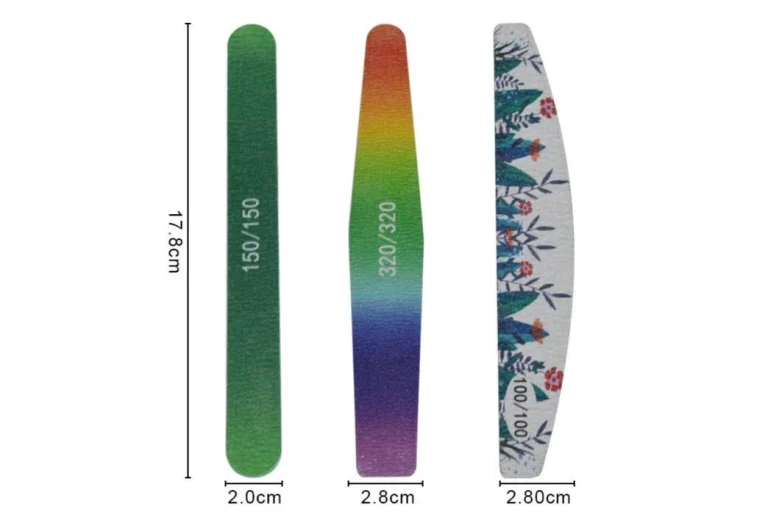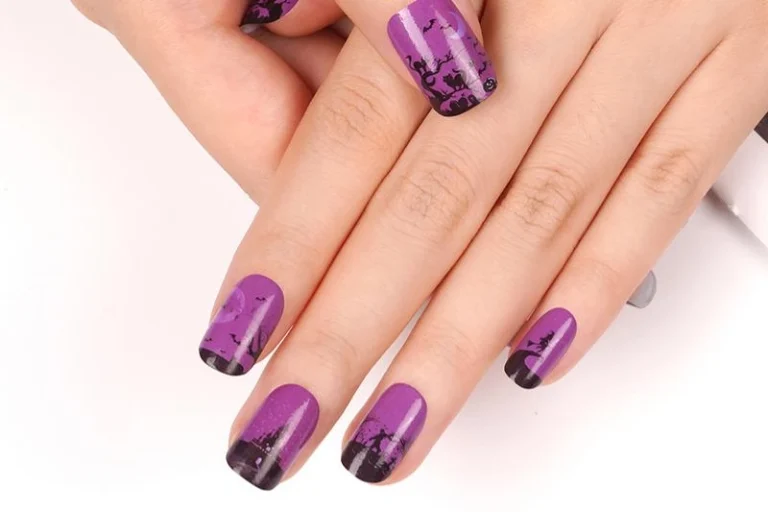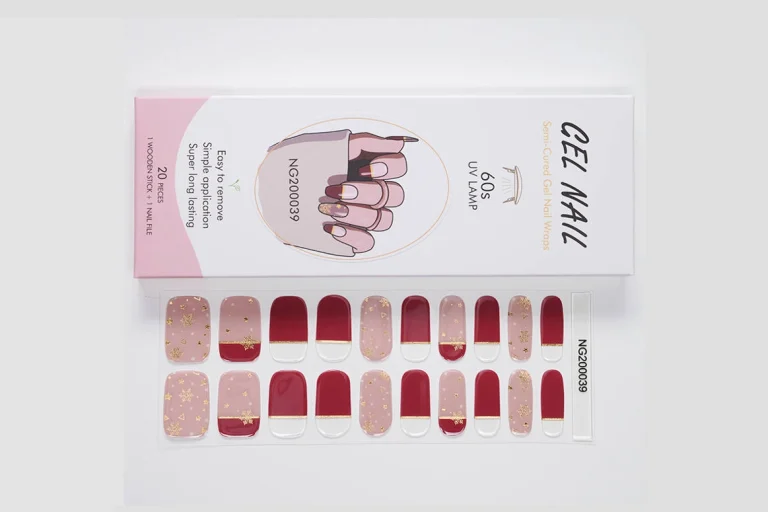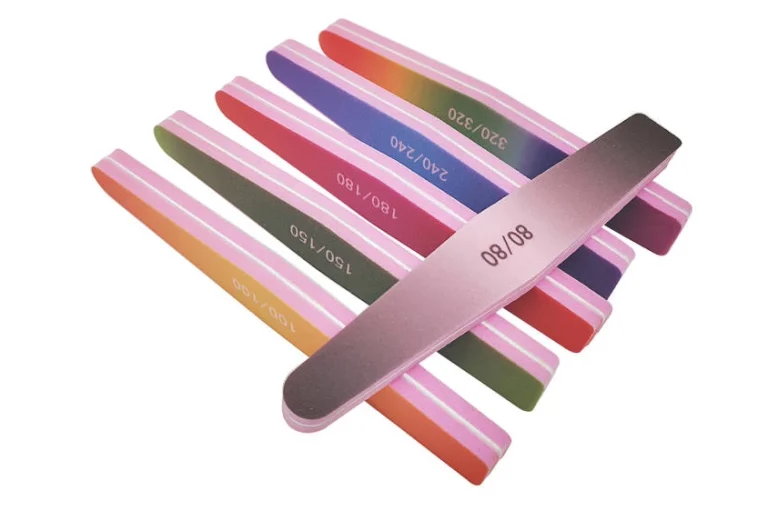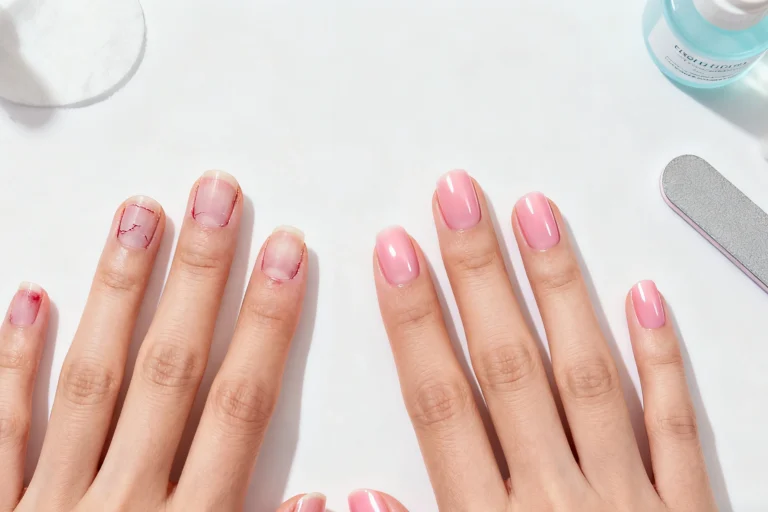When you’re working toward smooth, healthy-looking nails, tools matter just as much as polish or cuticle care. The nail file and the nail buffer are at the center of this routine. But the question comes up a lot: which type of abrasive is used for buffing nails? The answer depends on grit numbers. Picking the right grit nail files keeps nails strong, prevents damage, and makes the whole process easier. In this guide, we’ll look at grit numbers one by one and explain how to choose the best Felice nail buffer for each step.
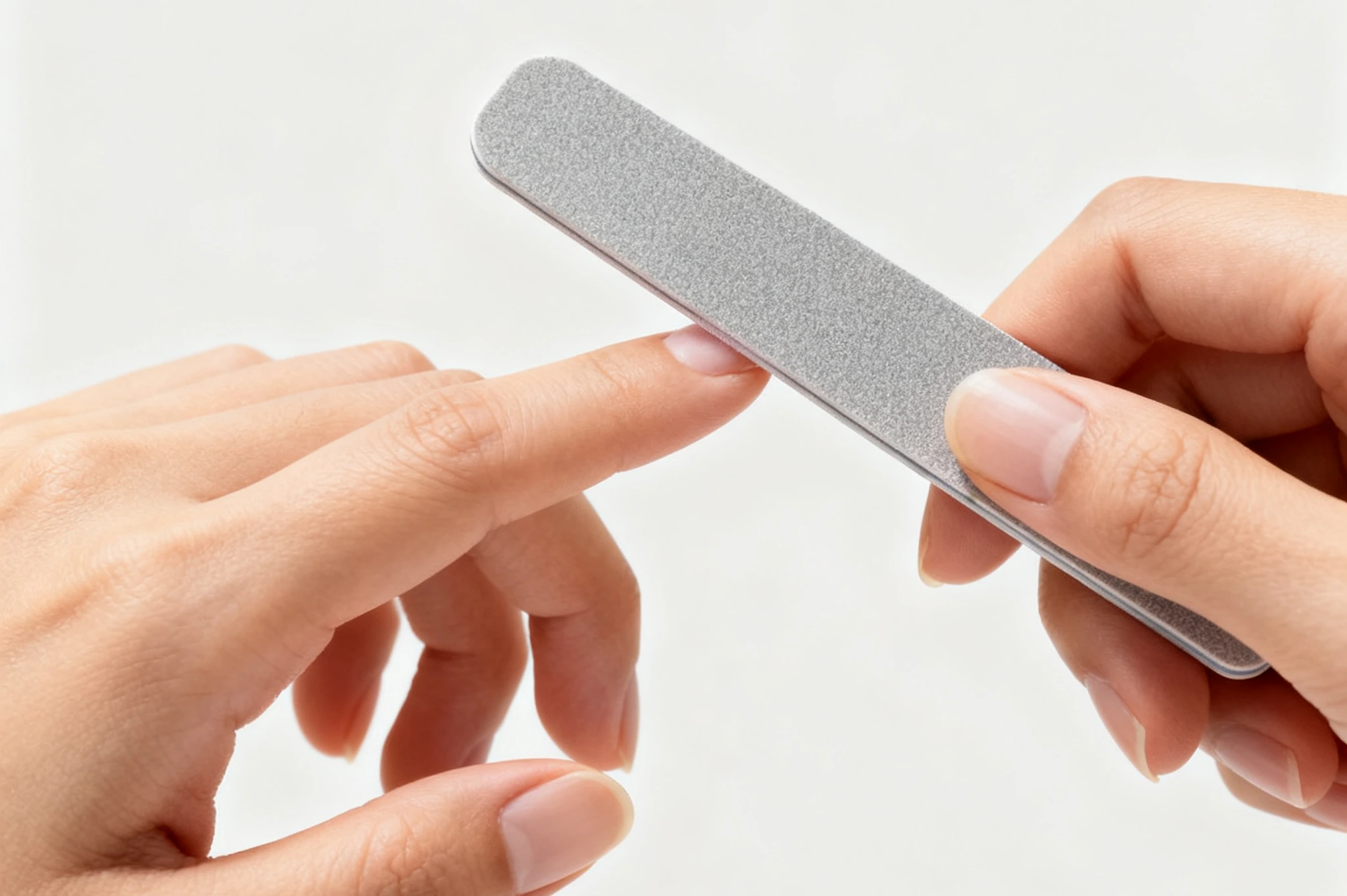
What “Nail Buffer Grit Number” Really Means – Abrasive Guide
What “grit” really means
The word grit describes how rough or how smooth a surface feels. It’s simply the count of abrasive grains per square inch. A big number means the grains are tiny, giving a smoother touch. A small number means the grains are larger, and the surface feels rough.
Lower numbers are coarse, higher numbers are fine
In nail care, grit numbers follow a clear rule. 80 grit is very coarse and works fast, while 400 grit is gentle and designed for polishing. This system makes it easy to match the job with the right tool.
Quick rule for shaping vs. buffing
- Coarse grits = shaping and shortening hard surfaces.
- Fine grits = smoothing and polishing without harm.
That’s the balance: shape with strength, polish with care.
Common Nail Buffer Grit Ranges Explained (Coarse to Ultra-Fine)
Coarse Grits (80–100) – only for acrylic and artificial nails
These grits work like heavy sandpaper. They are not meant for natural nails. They cut through acrylics and gels quickly. The Extra coarse black nail buffer block from Felice is a strong option here, built to thin down hard surfaces fast.
Medium Grits (150–180) – shaping thick nails
A step gentler than coarse. These are often used for thicker natural nails or gel overlays. Felice’s white nail file and emery board in 150# and 180# offer balance between power and control.
Fine Grits (240–400) – safe for natural nails
This is the range most people need for daily care. 240 grit is gentle but still removes small ridges. 400 grit is smooth enough to prep before polish. The mini nail buffer block from Felice includes these safe options for home users.
Ultra-Fine Grits (400+) – polish to a shine
When you want nails to shine without polish, this is the zone. Anything above 400 grit is ultra-fine. These are found on multi-step salon buffers, giving that glossy finish.
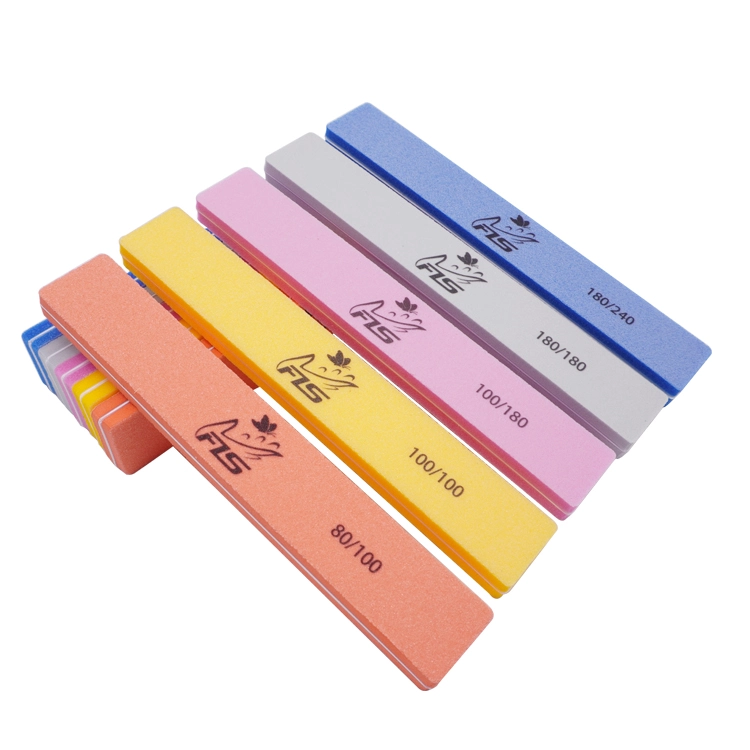
Which Nail Buffer Abrasive Works Best for Buffing – By Nail Type
Why fine and ultra-fine grits are the choice
On natural nails, fine and ultra-fine grits are always safest. They smooth the surface gently without cutting into the nail plate.
Examples in practice
- 240 grit → smooths ridges lightly.
- 320 grit → tidies edges after filing.
- 400 grit and higher → polishes to a natural glow.
The Felice 4-way nail buffer block combines all these levels in one tool, so you can work step by step.
How much is too much
Buffing feels nice, but it should be rare. Once every two weeks is enough. Too much will thin the nails. Use light strokes and stop once the surface looks even.
Nail File vs Nail Buffer Blocks – Which Tool and Grit to Use?
What sets them apart
- Emery boards are stiff and coarse, made for cutting length and shaping.
- Buffers are soft, often sponge-like, designed to smooth and polish.
Why multi-surface blocks help
Felice’s 4-sided buffer block has a side for shaping, one for smoothing, one for refining, and one for shine. Everything is labeled, so even beginners can follow along.
When to use which
- Start with a file if nails need reshaping.
- Move to a 240 grit buffer for smoothing.
- Finish with 400+ grit for a polished look.
Safe Nail Buffing Tips & Recommended Grit Levels for Home Use
How often is safe
Every 10–14 days is the sweet spot. Daily buffing is too much.
Go easy with pressure
Don’t push hard. Gentle strokes are enough. Pressing too hard builds heat and can weaken nails.
Keep it clean
Wash buffers if they’re washable. If not, replace them once they look worn. Felice’s rectangle sponge nail file buffer is washable and made to last longer.
Quick Nail Grit Reference Chart– Choose the Right Grit for Natural, Gel & Acrylic Nails
| Grit | Best Use |
|---|---|
| 80–100 | File down acrylic or gel tips |
| 150–180 | Shape thick nails or overlays |
| 240 | Smooth ridges on natural nails |
| 320 | Refine before polish |
| 400+ | Buff to natural shine |
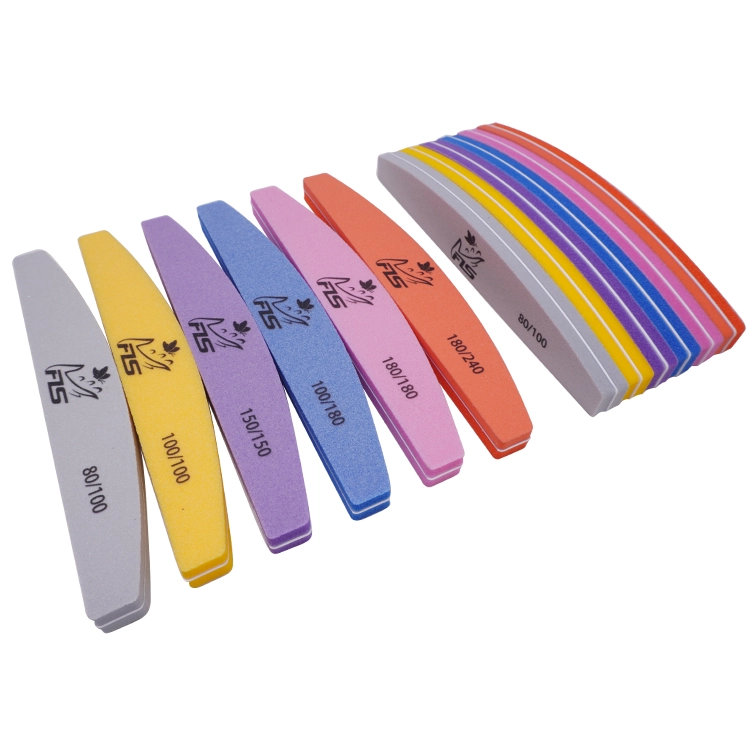
The grit number you choose decides the result. For buffing, fine and ultra-fine levels are the safe pick. Felice nail buffers cover the whole range—from coarse for acrylics to ultra-fine for high shine. With these tools, you can handle shaping, smoothing, and polishing at home with salon-like results.
Felice is more than buffers. The brand also offers gel polish, nail lamps, drills, stickers, and complete nail art sets—everything needed for professional-quality care.
FAQ
Q: Can a buffer replace a file?
A: No. A buffer smooths and shines, but you’ll still need a file to shorten or reshape first.
Q: Is buffing okay for kids’ nails?
A: Yes, but only with very fine grit. Use soft strokes and don’t buff often, as children’s nails are delicate.
Q: How long will a buffer last?
A: A good one can last for months. Replace it once the surface feels smooth or loses effect.

